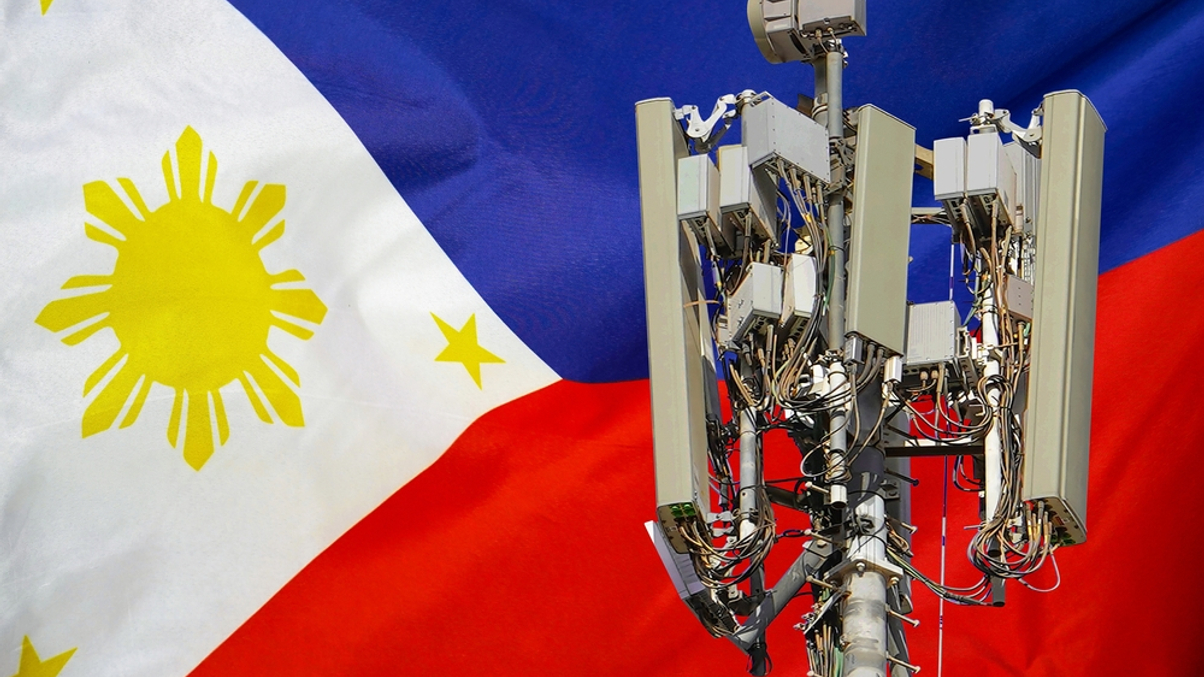Maharlika CEO says wealth fund to focus on digital, physical infra investments
The recently established fund aims to bridge the infrastructure gap in the Philippines through physical and digital projects, focusing on energy and telecom towers to drive economic growth and create social impact.

The Philippines' newly established sovereign wealth fund (SWF), Maharlika Investment Corporation, is poised to play a crucial role in addressing the nation's significant infrastructure challenges, according to the fund's president and CEO, Rafael Consing.
Sign in to read on!
Registered users get 2 free articles in 30 days.
Subscribers have full unlimited access to AsianInvestor
Not signed up? New users get 2 free articles per month, plus a 7-day unlimited free trial.
¬ Haymarket Media Limited. All rights reserved.


